In the shadowed corners of the world and the vibrant ecosystems that flourish under the sun, there lurk creatures both fascinating and fearsome. Among them, snakes have captivated and terrified humanity for centuries. These serpents, armed with venom potent enough to claim life or inflict severe injury, command a respect born of fear and fascination. This article unveils the 15 most venomous snakes, creatures that exemplify nature’s stark beauty and deadly efficiency. From remote forests to arid deserts, we journey into the domain of these silent predators, whose very existence challenges the brave and stirs the curious.
1. Inland Taipan
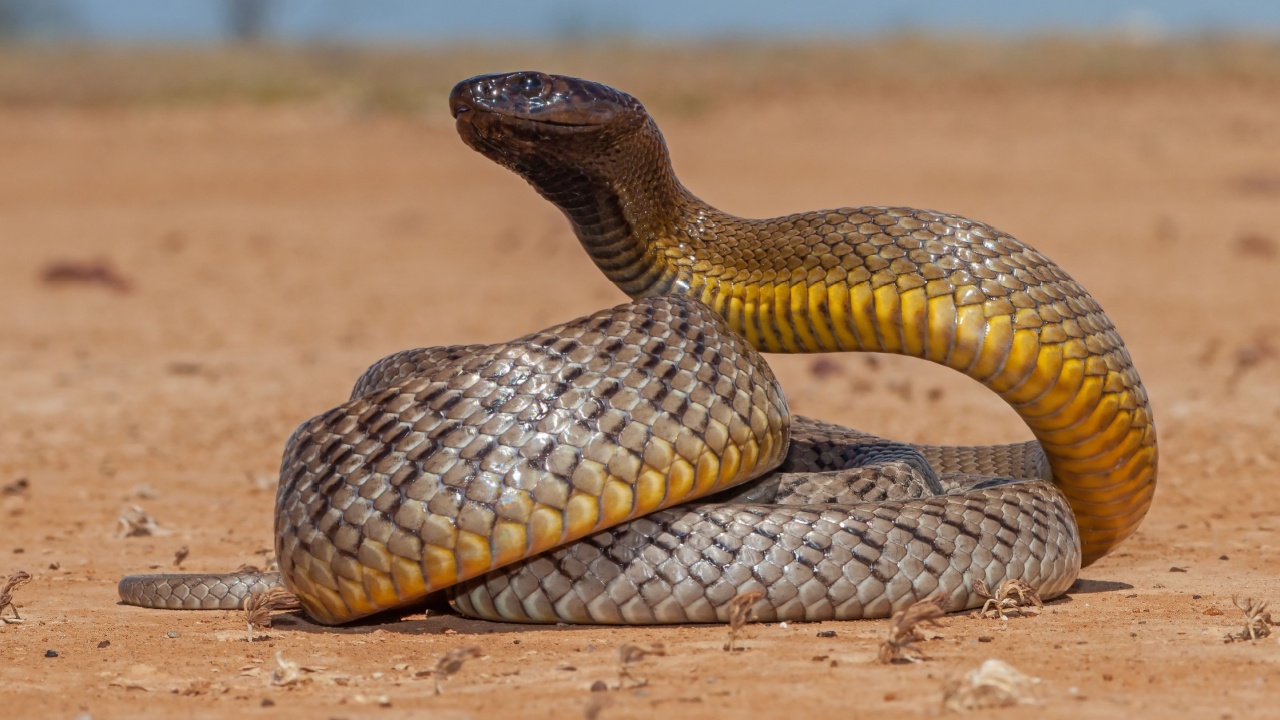
The Inland Taipan, often cited as the world’s most venomous snake, resides in the remote arid regions of Australia. Its venom is remarkably potent, capable of killing a hundred men with a single bite. Despite its lethal arsenal, the Inland Taipan is shy and reclusive, preferring to avoid human contact. Its precise venom composition efficiently targets the nervous system, making it a fascinating subject for medical research.
2. Eastern Brown Snake

The Eastern Brown Snake holds a notorious reputation in Australia, responsible for the majority of snakebite fatalities in the country. This snake is highly adaptable, found in habitats ranging from arid deserts to populated urban areas. Its venom is a deadly cocktail that can cause paralysis, uncontrollable bleeding, and cardiac arrest. Quick to defend itself when threatened, the Eastern Brown Snake is both respected and feared.
3. Black Mamba

Africa’s Black Mamba is as famous for its speed and aggression as for its lethal venom. Capable of striking with astonishing rapidity, it injects a potent neurotoxin that can cause death within hours if left untreated. The Black Mamba’s reputation is enhanced by its imposing length, often reaching up to 14 feet, and its ability to travel at speeds of up to 12 miles per hour.
4. Coastal Taipan
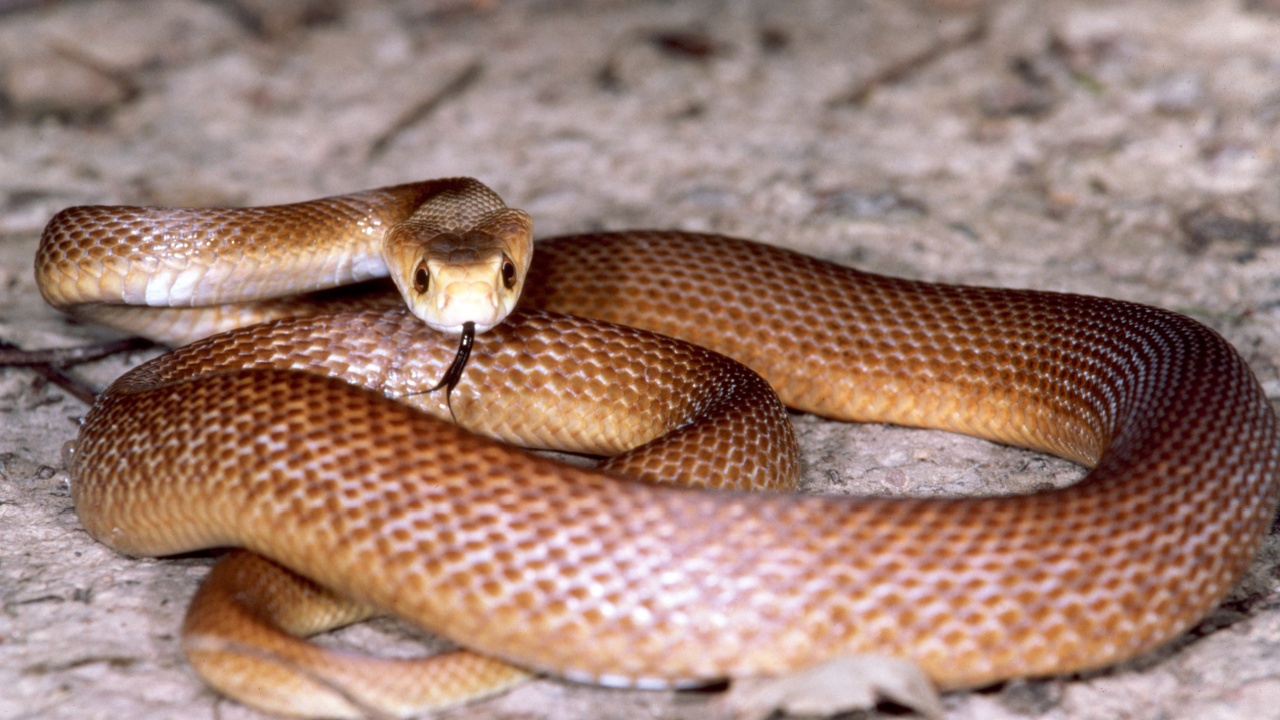
The Coastal Taipan, found along the northern and eastern coasts of Australia and the neighboring island of New Guinea, delivers a highly venomous bite. Its venom contains neurotoxins and hemotoxins that can cause muscle damage, paralysis, and renal failure. The snake is particularly agile and can strike repeatedly, making it a formidable predator.
5. King Cobra
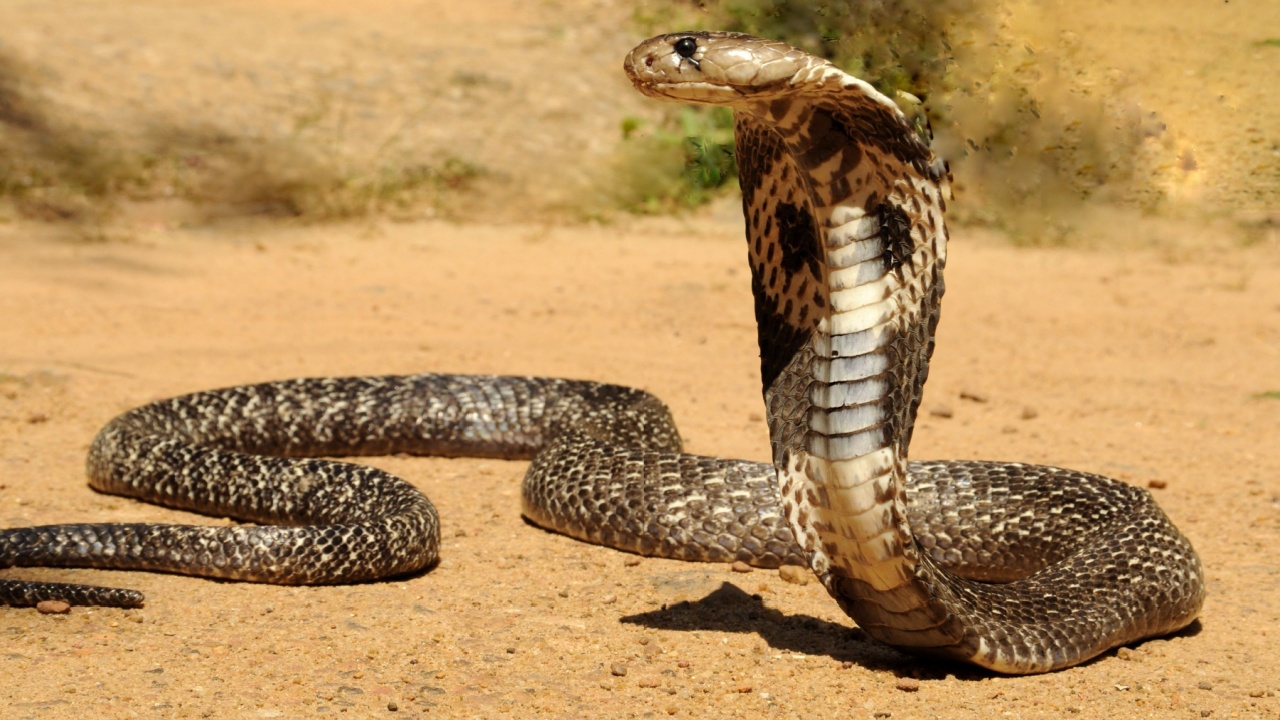
The King Cobra, the world’s longest venomous snake, commands respect throughout its range in Southeast Asia and India. Its venom is not the most potent among snakes, but the volume it can deliver in a single bite—enough to kill an elephant—makes it extraordinarily dangerous. The King Cobra is unique for its intelligence and the care it provides its offspring, building nests and guarding them diligently.
6. Russell’s Viper
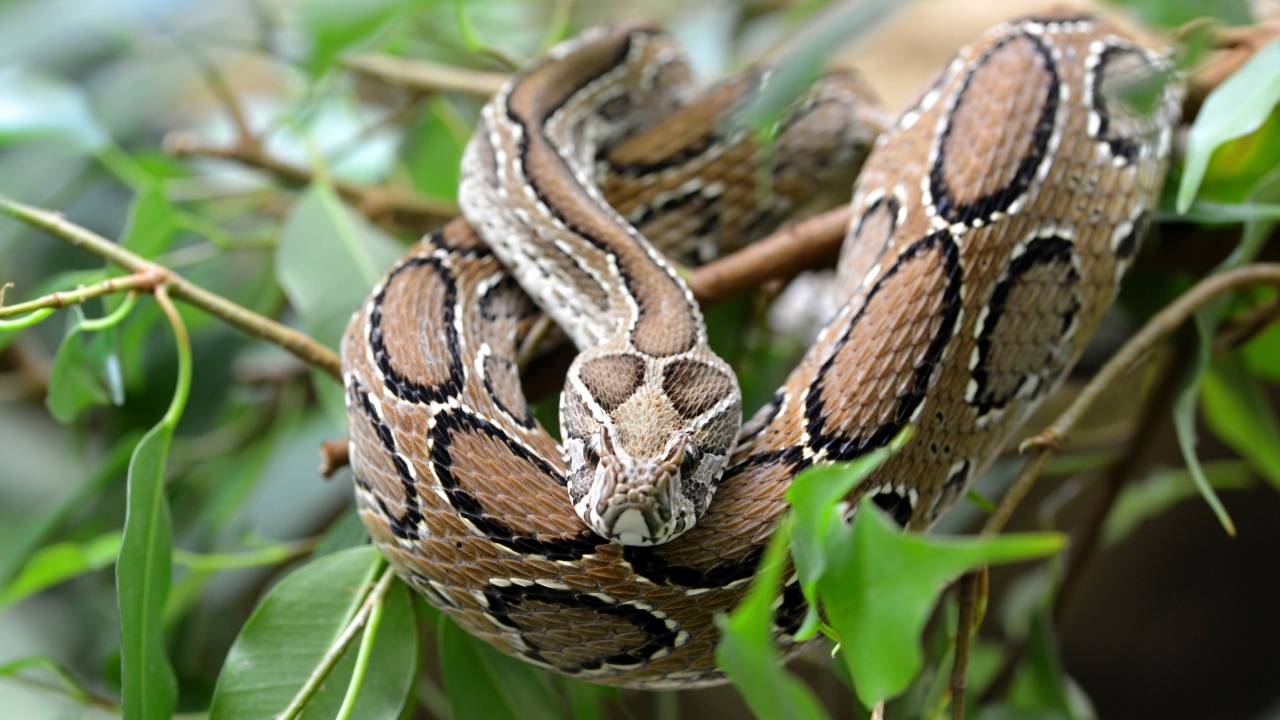
Russell’s Viper, distributed across Asia, is known for causing the most snakebite incidents and deaths in its range. Its venom induces pain, bleeding, and swelling, eventually leading to heart, kidney, or liver failure. The snake’s aggressive nature and tendency to inhabit areas frequented by humans contribute to its notoriety.
7. Saw-scaled Viper
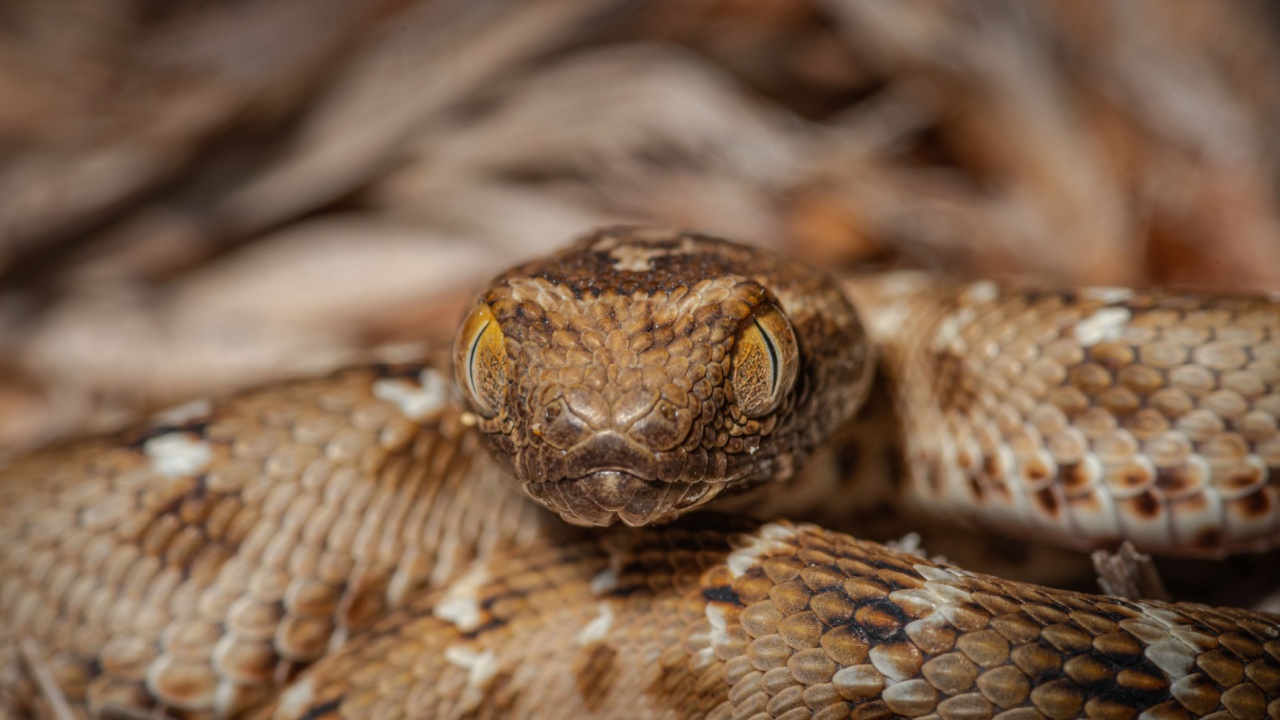
The Saw-scaled Viper, found in parts of Africa, the Middle East, and Asia, is small but deadly. Its venom is highly hemotoxic, leading to severe systemic bleeding. The snake’s ability to thrive in populated areas significantly increases the risk of human encounters, making it a major cause of snakebite fatalities in its regions.
8. Tiger Snake
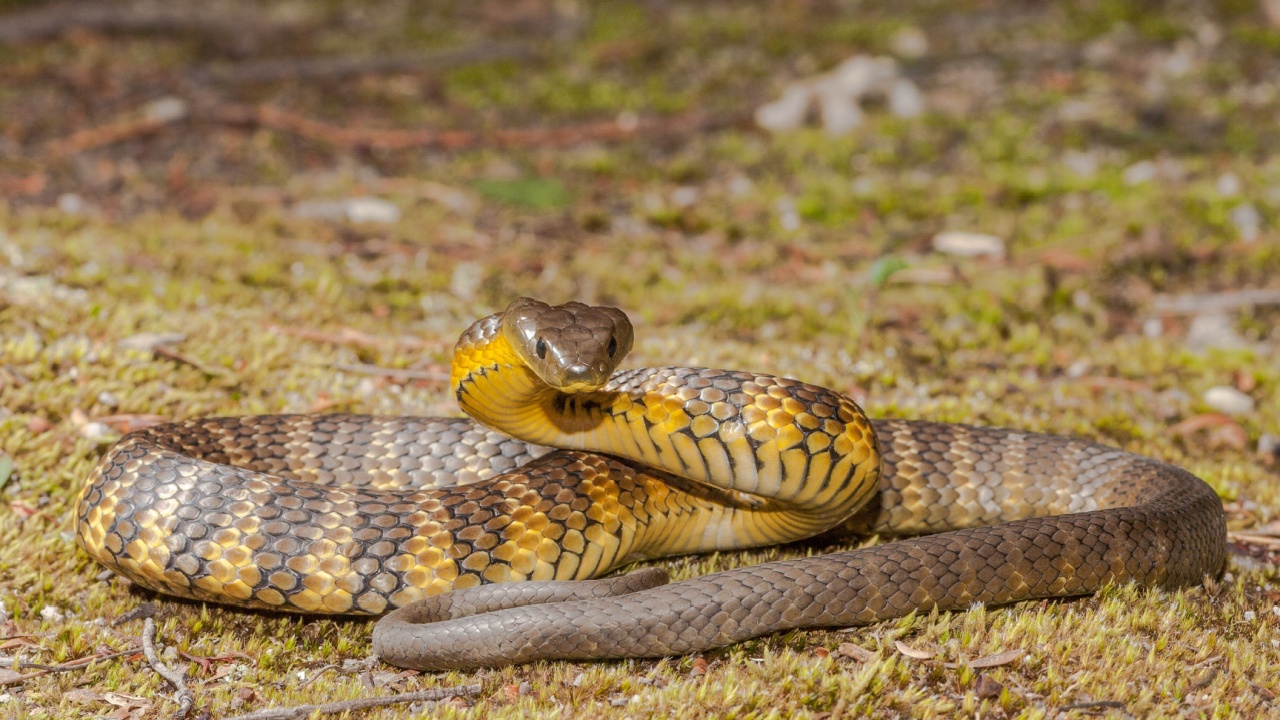
Australia’s Tiger Snake earns its place on this list with venom that can cause paralysis and respiratory failure. Named for its distinct banding, this snake is found in varied habitats across the southern regions. The Tiger Snake’s venom potency and aggressive defense when cornered make it especially dangerous.
9. Philippine Cobra
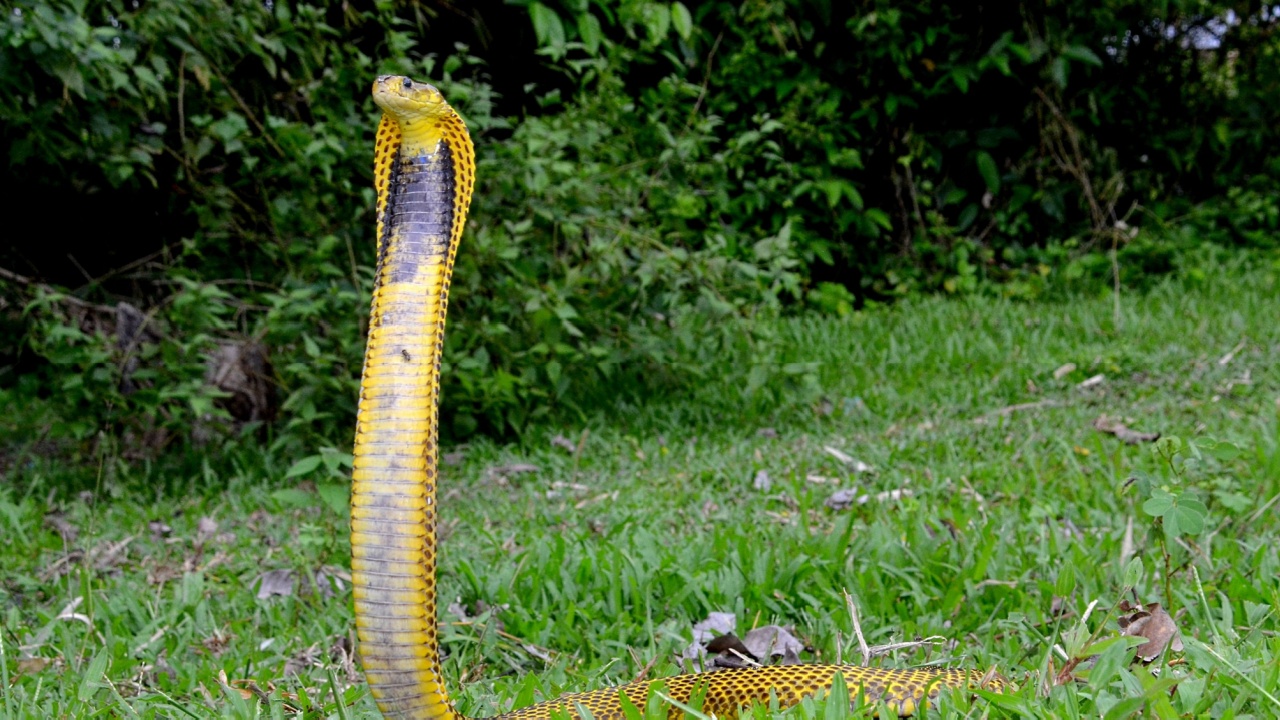
The Philippine Cobra’s venom stands out for its neurotoxicity, capable of causing respiratory paralysis and death within minutes. This cobra species can project its venom at targets several meters away, adding to the threat it poses to humans and predators alike.
10. Common Krait

The Common Krait, located throughout the Indian subcontinent, is known for its highly toxic venom that disrupts the nervous system. Bites often occur at night, with victims sometimes unaware they’ve been bitten until symptoms of paralysis emerge. The krait’s venom is particularly insidious, as it can lead to a silent death during sleep.
11. Blue Krait
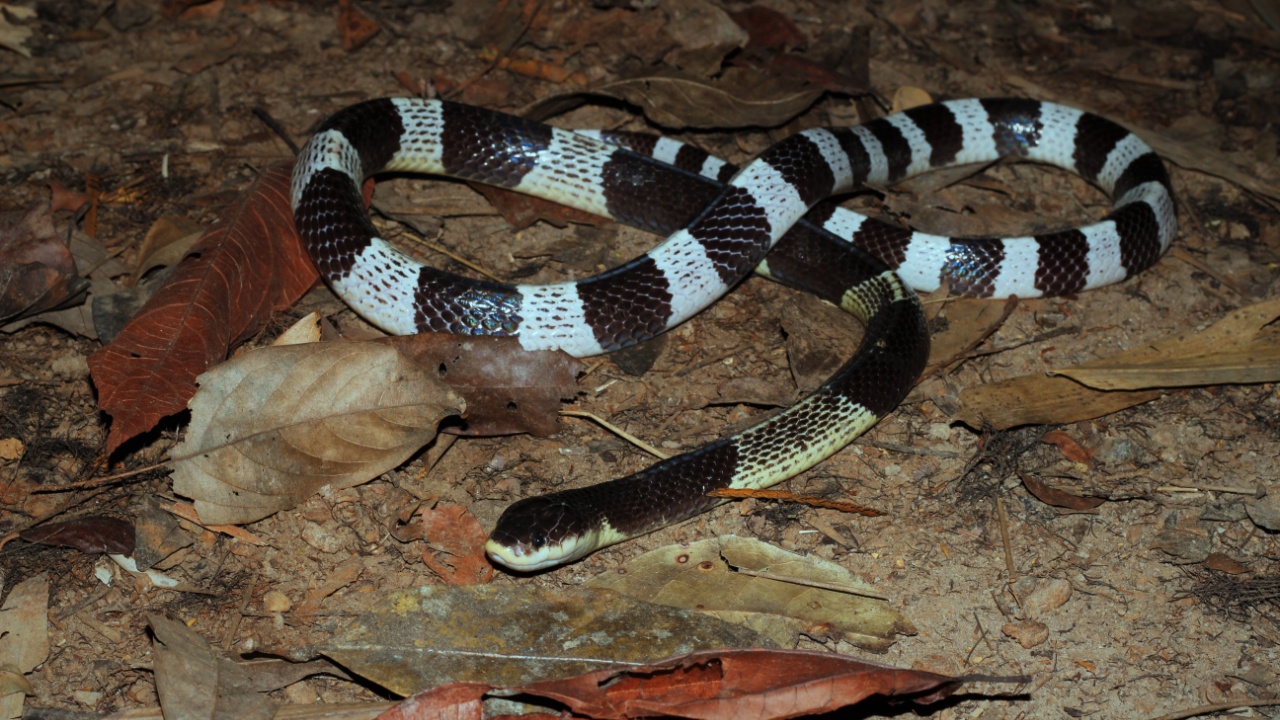
The Blue Krait, or Malaysian Krait, found in Southeast Asia, possesses venom that is 16 times more potent than that of a Cobra. Its venom can cause muscle paralysis and eventually respiratory failure. The Blue Krait is nocturnal and more docile than its reputation suggests, but its venom makes it one of the most dangerous snakes in the world.
12. Death Adder
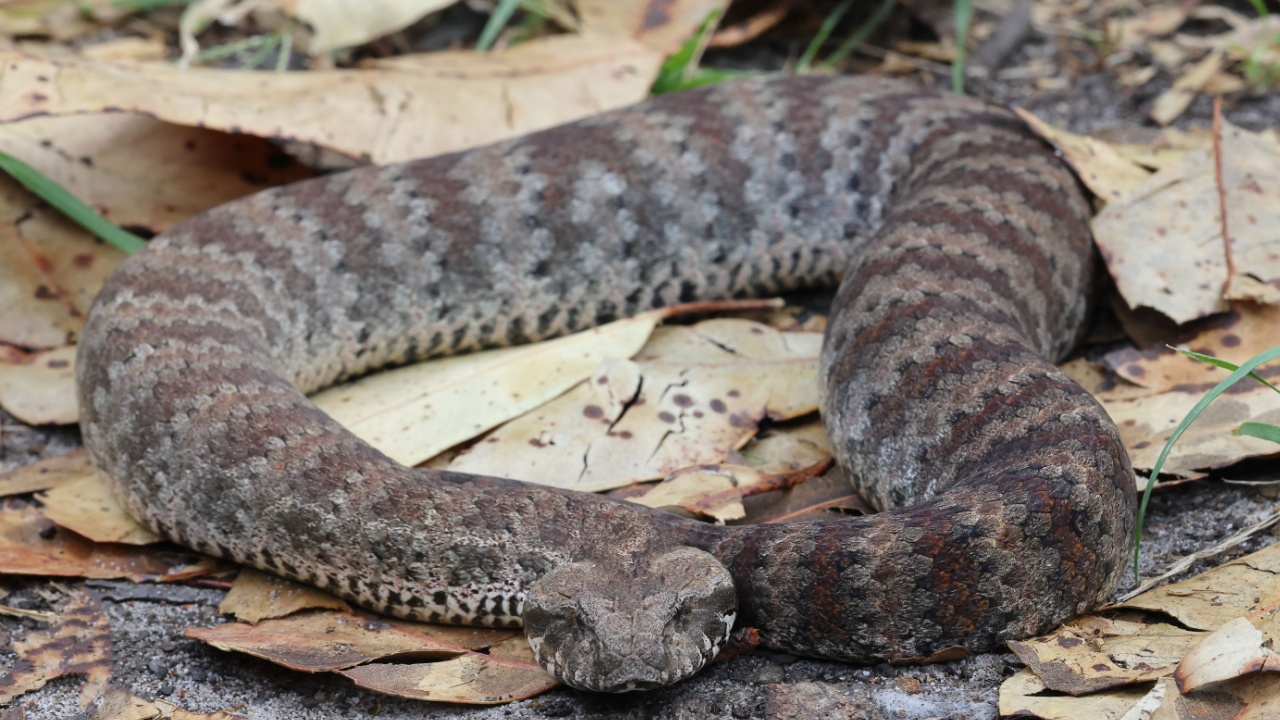
Australia’s Death Adder has a name that’s as foreboding as its reputation. It lies in wait for its prey, camouflaged within the leaf litter or sand, striking with lightning speed to inject its highly toxic venom. The venom contains neurotoxins that can cause paralysis and prevent breathing, leading to death if antivenom is not administered promptly. Despite their lethal potential, Death Adders are generally shy and will only attack if provoked or accidentally stepped on.
13. Green Mamba
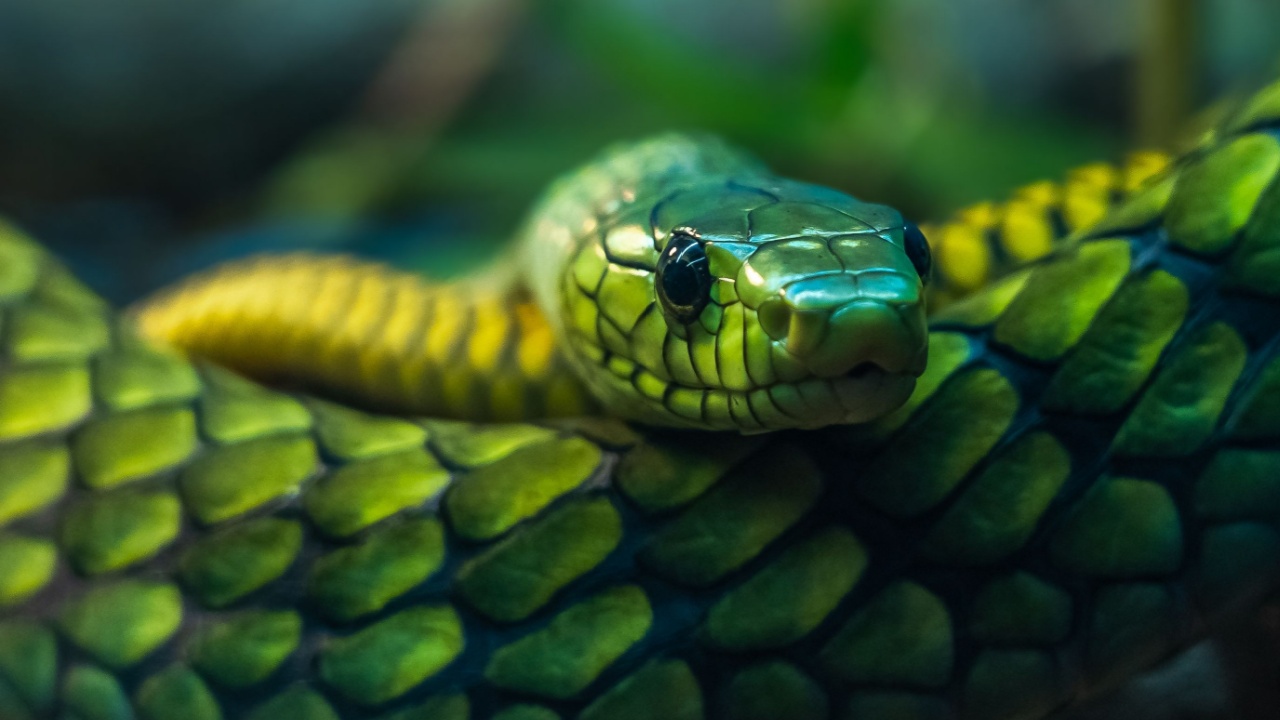
The Green Mamba, dwelling in the trees of Eastern Africa, combines venomous efficiency with elusive stealth. Its bright green coloration blends seamlessly into the foliage, making it a hidden danger. The venom of the Green Mamba is neurotoxic, causing symptoms such as difficulty breathing, nausea, and eventually paralysis. Encounters with humans are rare due to the snake’s arboreal lifestyle, but when they do happen, they can be deadly without immediate treatment.
14. Gaboon Viper

The Gaboon Viper, found in the rainforests and savannas of Sub-Saharan Africa, holds the record for the longest fangs of any snake, capable of delivering deep, venomous bites. This snake’s venom is a potent mix of hemotoxins and neurotoxins, causing rapid swelling, intense pain, and if untreated, can lead to death by shock or organ failure. Despite its menacing arsenal, the Gaboon Viper is a docile species, preferring to avoid confrontation.
15. Fer-de-lance
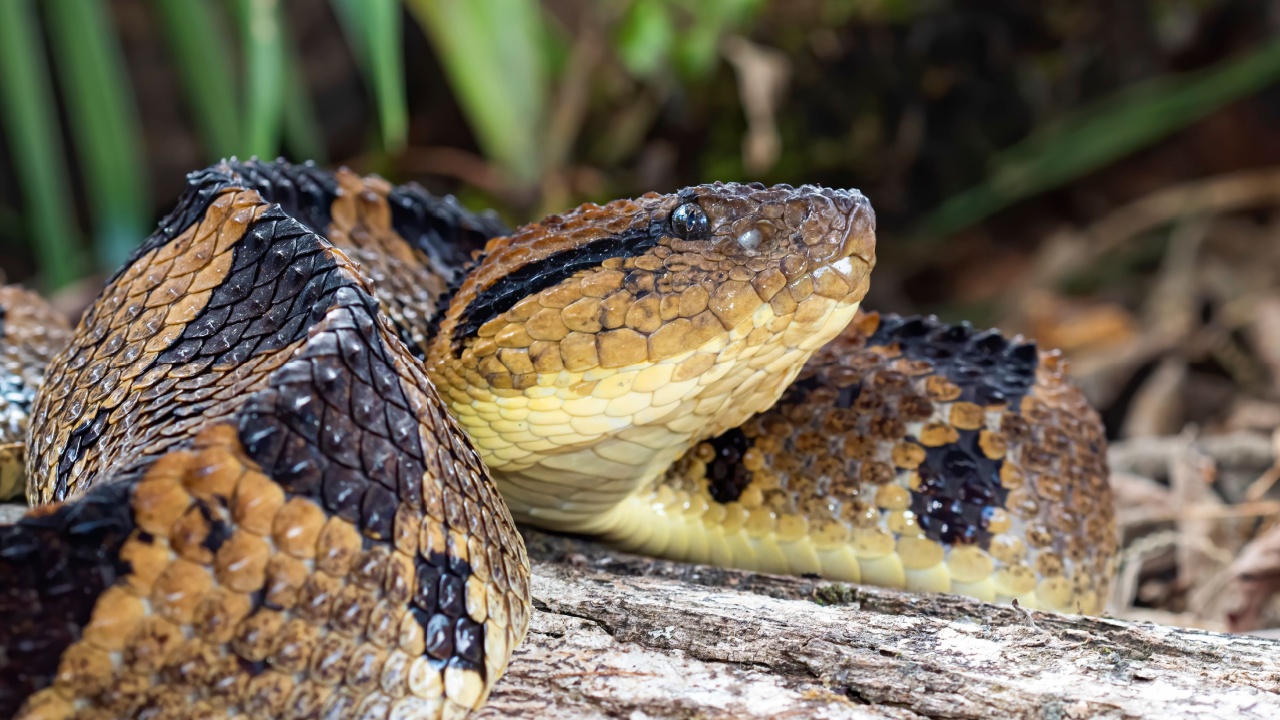
The Fer-de-lance, or Bothrops asper, is Central and South America’s most feared snake. Its venom is particularly destructive to blood cells and tissues, causing severe swelling, necrosis, and systemic bleeding. The snake is aggressive and unpredictable, often found in close proximity to human settlements, leading to frequent encounters. The Fer-de-lance is responsible for a large portion of snakebite incidents in its range, necessitating awareness and caution among the local populations.
Becky is a fervent wildlife enthusiast and pet care expert with a diploma in canine nutrition. Her love for animals stretches beyond the domestic, embracing the wild tapestry of global fauna. With over a decade of experience in animal welfare, Becky lends her expertise to OutlandishOwl through insightful articles, captivating wildlife information, and invaluable guidance on pet nutrition. Her work embodies a deep commitment to understanding the intricate lives of animals and a passion for educating others on sustaining natural habitats. Becky's hands-on conservation efforts and her knack for translating complex dietary science into practical pet feeding tips make her an indispensable voice for creatures great and small.

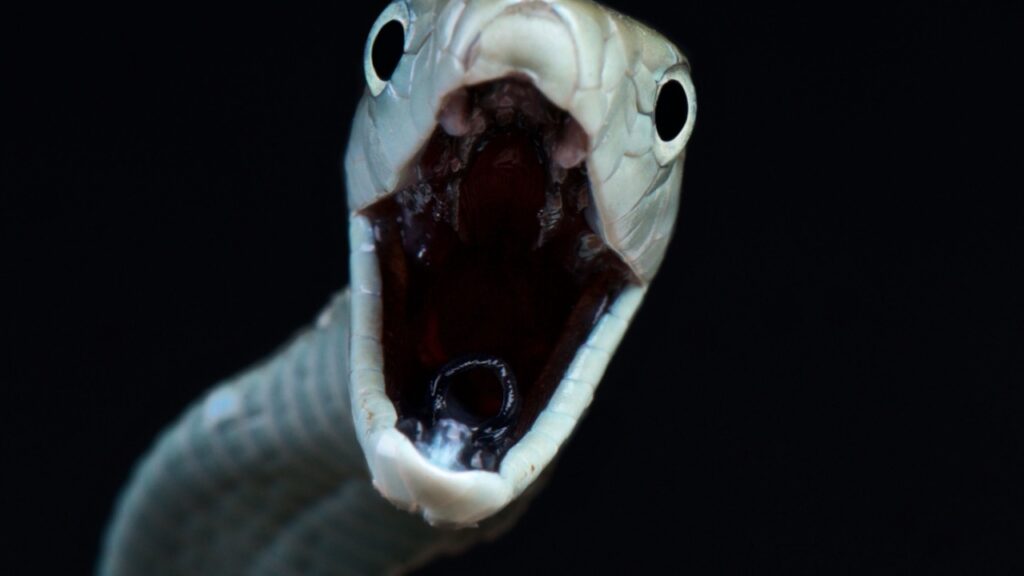



I thought I’d know every snake on this list, but I learned something new! I’d not heard of the Russel’s viper. And isn’t the green mamba beautiful?! I don’t want to meet one in-person and risk a bite, but they really are stunning creatures.